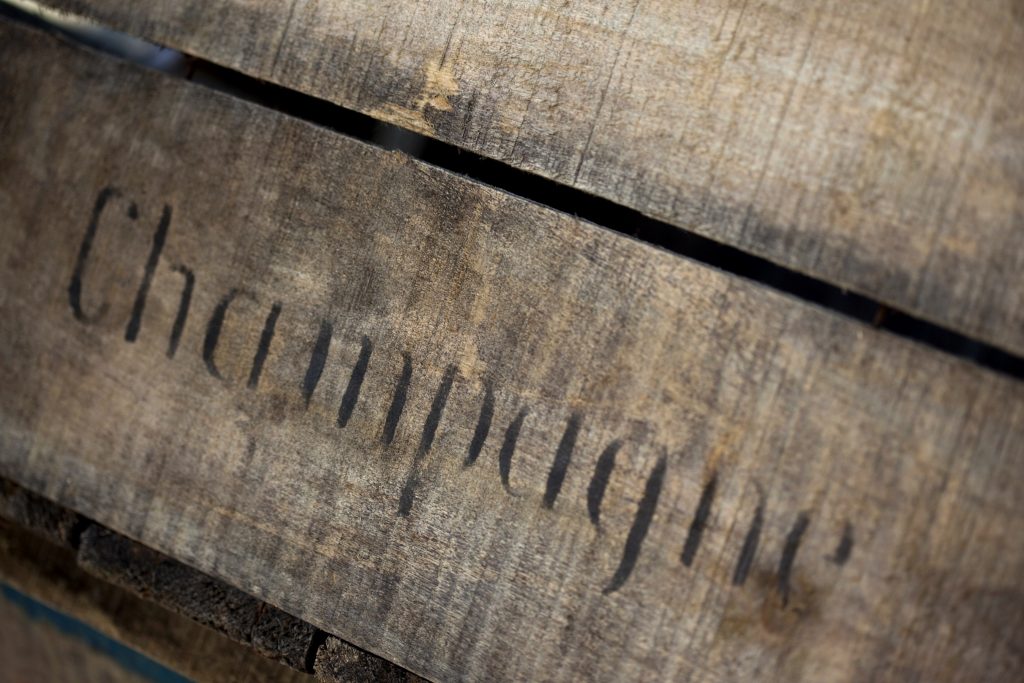Château Latour owner invests in Champagne Jacquesson
By Sarah NeishArtémis Domaines, which owns Bordeaux’s Château Latour, has acquired a minority stake in premium fizz house Jacquesson.

Artémis Domaines has added to its portfolio with a minority share in Champagne Jacquesson, the two groups announced this week.
The esteemed Champagne purveyor, owned by the Chiquet family and based in the town of Dizy, north of Epernay, is renowned for its herbicide-free viticulture and zero dosage approach, juxtaposing minimal sugar with extended lees-ageing to produce some exceptionally pure Champagnes.
Voted third best Champagne House in La Revue Des Vins De France in 2005 (after Bollinger and Krug), Maison Jacquesson’s production is “voluntarily limited” to just 250,000 bottles per year.
Jacquesson is the first Champagne producer to join Artémis’ group portfolio, where it holds good company with Napa’s Eisele Vineyard, Clos de Tart in Burgundy and Château-Grillet in the Rhône, as well as Bordeaux first-growth Château Latour.
Partner Content
No financial details regarding the investment have been disclosed, but Artémis has a long history of high-spend acquisitions, including forking out a rumoured €200 million when it bought Clos de Tart in 2017. The group’s consolidated assets are thought to exceed €30 billion.
Artémis Domaines has revealed it selectively invests in top quality vineyards and wine estates with “promising growth potential”.
François-Henri Pinault, president of the group, outlines its strategy as combining “long-term vision with quick action capacity” in order to stay “one step ahead of future trends”.
Groupe Artémis also owns leading auction house Christie’s, and has a 29% stake in sports brand Puma, among others.
Related news
The 'family spirit' behind Champagne Gardet's 130th anniversary




